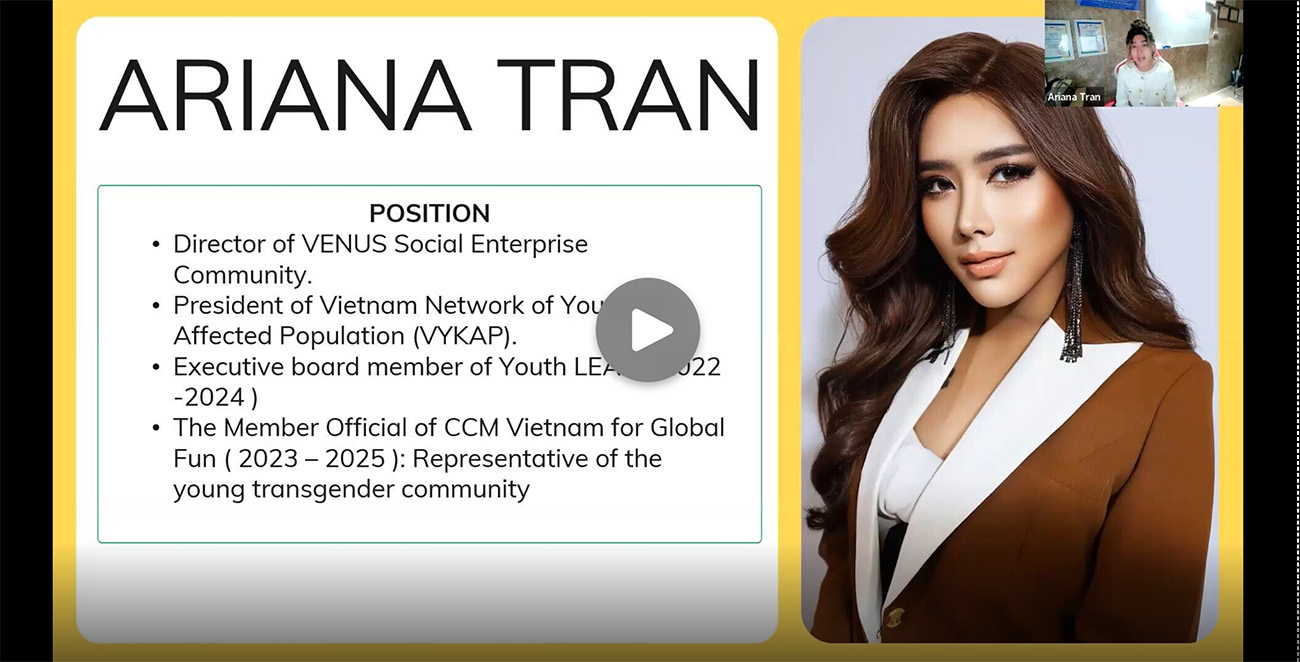AIDS 2024: Roadmaps and UNICEF Resources
UNICEF's AIDS 2024 Roadmaps outline conference and pre-conference sessions related to vertical transmission, children, adolescents and HIV, which will take place in connection with the 25th International AIDS Conference in Munich, Germany, between 19-26 July, 2024. Access the full programme here.
In collaboration with WHO and UNAIDS, UNICEF is organizing the satellite session Connecting Data, Programmes, and Communities: The Global Alliance Roadmap to Ending AIDS in Children by 2030 on Monday 22 July, 11:30-13:00 CET.
For AIDS 2024, UNICEF has prepared a resource pack with a selection of UNICEF's global, regional and national knowledge products published since the last AIDS conference. A spreadsheet can be accessed below for an overview of all resources by topic, region and year of publication.
